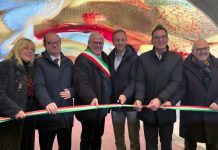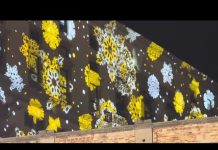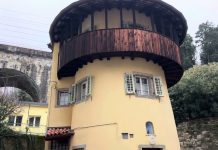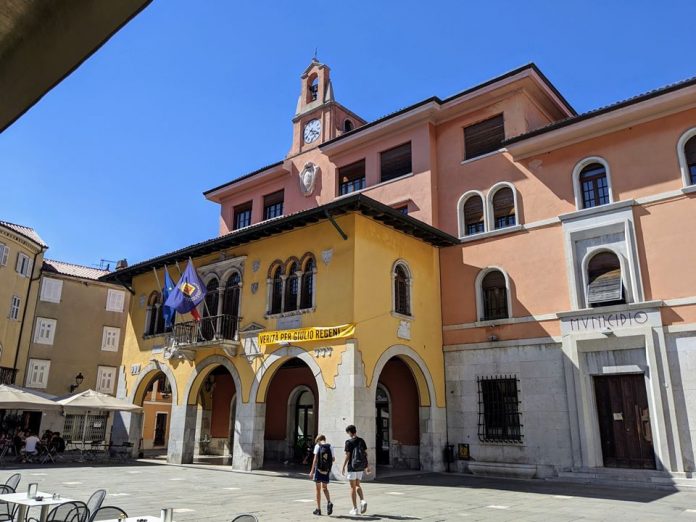by InTrieste
Two of Muggia’s most notable cultural institutions are set to undergo significant upgrades aimed at improving accessibility and preserving historic spaces, local officials announced.
The Carà Museum, located in the picturesque coastal town near Trieste, will soon see a series of renovations including long-awaited accessibility improvements and the restoration of a scenic outdoor terrace that has remained closed to the public for years. The works follow the completion of the project’s executive plan, allowing construction to move forward.
Funded in part by a €250,000 contribution from the Friuli Venezia Giulia regional government, the project will include terrace resurfacing, waterproofing, and drainage improvements, as well as security enhancements such as new gates at the rear of the building. The museum’s elevator — installed years ago but seldom operational — will finally be activated, officials said. The façade will also be repainted using municipal funds.
“These are long-awaited works that will make the museum even more attractive,” said Nicola Delconte, Muggia’s deputy mayor and cultural affairs councilor. The restored terrace, he noted, offers a “suggestive and fascinating” viewpoint and hosts several artworks that will now be accessible to visitors.
Meanwhile, the town’s Archaeological Museum is preparing for its own modernization effort. Backed by €200,000 in regional funding, the project will redesign the building’s entrance to create a barrier-free access point on the opposite side of the current doorway and install a new elevator. Restrooms on the ground floor will also be renovated.
“In both cases, these are important and long-expected improvements,” Delconte said. Construction on both projects is expected to last only a few months once contracts are awarded, with the goal of completing all work by the end of 2026.
Elisabetta Steffè, the municipal public works councilor, noted that the effort forms part of Muggia’s broader initiative to eliminate architectural barriers in public buildings. “As outlined in the 2022 PEBA plan, we are making the town’s main public facilities accessible,” she said. “After the Town Hall, we are now working on the museums.”
The upgrades reflect a growing regional emphasis on accessibility and cultural preservation, ensuring that historic spaces can be enjoyed by a wider range of visitors in the years ahead.






























